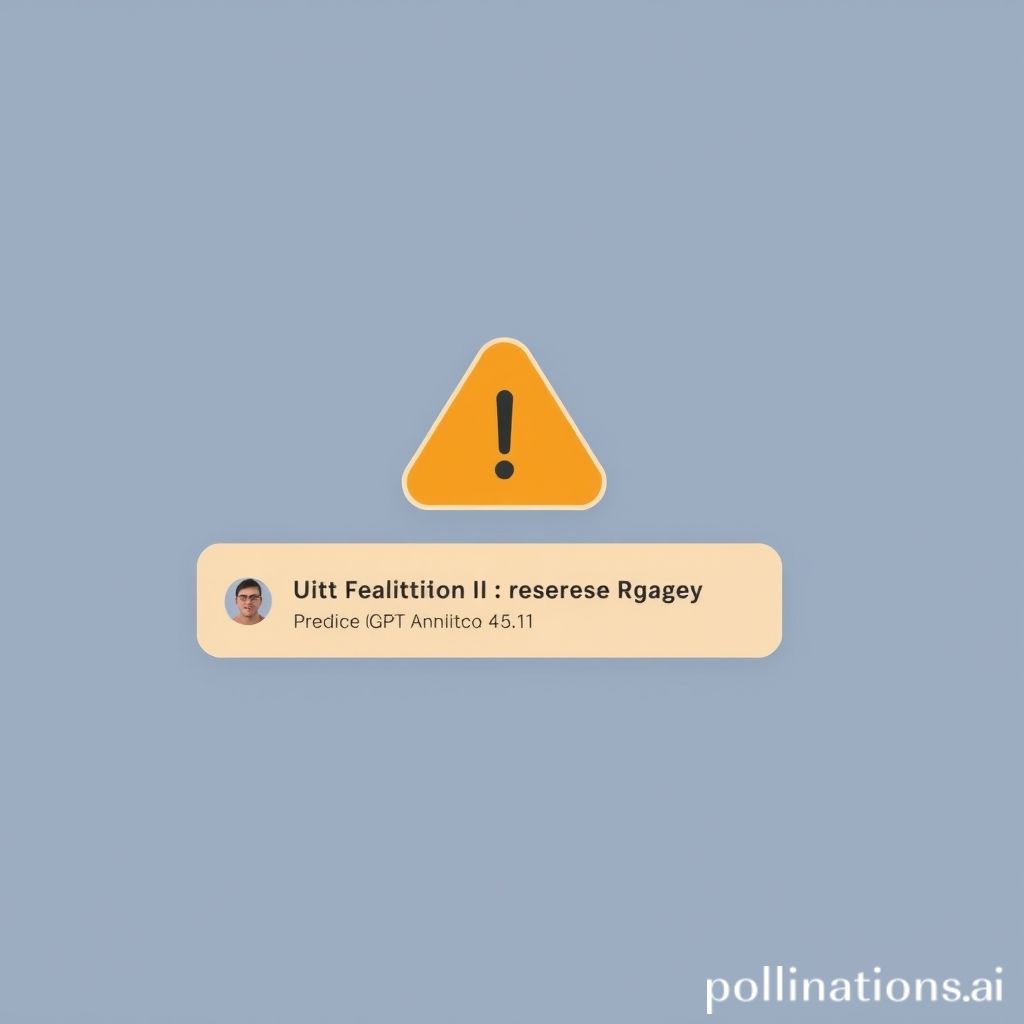
The Fundamentals of Cybersecurity for Software Developers
In an increasingly digital world, cybersecurity has become a crucial aspect of software development. Developers are often on the front lines against threats that can compromise data integrity, confidentiality, and availability. Understanding the fundamentals of cybersecurity is essential for creating robust software applications.
Understanding Threats
Before delving into cybersecurity practices, developers must understand the various threats that software can face. These include:
- Malware: Malicious software designed to harm or exploit any programmable device or network.
- Phishing: Attempts to acquire sensitive information by disguising as a trustworthy entity in electronic communications.
- DDoS Attacks: Distributed Denial of Service attacks overwhelm services, making them unavailable to legitimate users.
- SQL Injection: A code injection technique that attackers use to insert malicious SQL queries, allowing unauthorized access to databases.
Best Practices for Secure Coding
Incorporating security into the software development lifecycle is crucial. Here are some best practices that software developers should follow:
- Input Validation: Always validate and sanitize user inputs. This prevents injection attacks and good data hygiene.
- Authentication and Authorization: Implement strong authentication mechanisms, such as multi-factor authentication (MFA), and ensure proper user permissions are enforced.
- Secure Password Storage: Use strong hashing algorithms (e.g., bcrypt) for storing passwords, and never store plain text passwords.
- Use HTTPS: Encrypt data in transit using HTTPS to protect against eavesdropping and man-in-the-middle attacks.
- Error Handling: Avoid exposing sensitive information in error messages. Instead, provide generic error messages while logging detailed errors securely.
Regular Updates and Patch Management
Software is constantly evolving, and vulnerabilities are regularly discovered. It is imperative for developers to:
- Stay informed about the latest security vulnerabilities pertinent to the frameworks and libraries they utilize.
- Regularly update dependencies and libraries to their latest stable versions.
- Implement a patch management process to address vulnerabilities promptly.
Security Testing
Testing is a critical component of a secure development process. Developers should adopt various testing methodologies, including:
- Static Analysis: Use tools to analyze source code without executing it to identify potential vulnerabilities.
- Dynamic Analysis: Test the running application to detect vulnerabilities during execution.
- PEN Testing: Perform penetration testing to simulate attacks on the application and identify potential weaknesses.
Awareness and Training
Finally, developers should receive ongoing training in cybersecurity principles and stay informed about the latest trends and threats. Creating a culture of security within development teams can further enhance software resilience against potential attacks.
By understanding and adhering to these fundamentals of cybersecurity, software developers can significantly contribute to creating secure applications, thereby protecting sensitive data and maintaining user trust.
